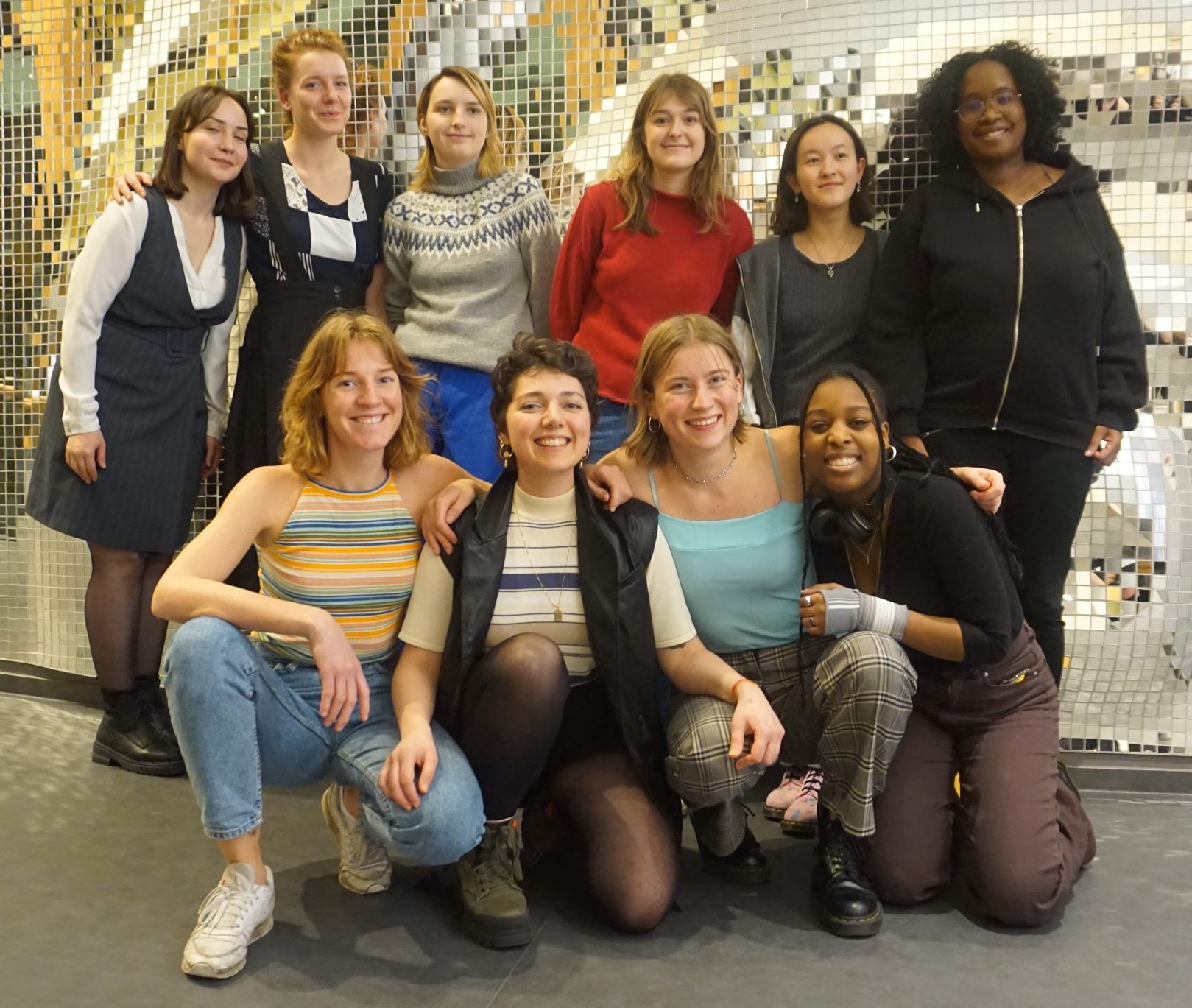Bakgrunnshistorie
Inspirert av store klesbytter i Nederland, arrangerte vi vårt første arrangement i oktober 2021. Det var en entusiastisk respons helt fra starten, som gjorde at vi bestemte oss for å fortsette dette viktige arbeidet. Vi startet en ideell organisasjon og fikk senere støtte fra Bergen Kommune og Vestland Fylke til å videreutvikle organisasjonen. Siden det har vi begynt å arrangere reparasjonskafeer, utviklet flere upcycling verksteder, besøkt fritidsklubber med våre ‘slow fashion kvelder’, startet en syklubb og har samarbeidet med en rekke organisasjoner i og utenfor Bergen.
Tilgjengelighet
Vi i Clothing Swap Bergen mener at bærekraftige klær er noe vi alle bør ha tilgang til, økonomisk så vel som fysisk. Foreløpig er dette ikke alltid tilfelle. Nye, men bærekraftig produserte klær merket ‘rettferdig’ eller ‘etisk’ kommer ofte til en høyere pris, for dyre for mange. Samtidig gjør nasjonale reguleringer og skatt i Norge gjør det utfordrende å selge brukte og vintageklær, som gjør at dette markedet er kostbart også.
I et forsøk på å motvirke denne utviklingen av økonomisk ekskludering på en bærekraftig måte, har Clothing Swap Bergen som mål å holde prisene lave. Standardbilletter til våre arrangementer er 100NOK, mens studenter og lavinntektspersoner kun betaler 50NOK. Hvis den prisen er fortsatt for høy for noen, får de gratis tilgang.
For å sikre den fysiske tilgjengeligheten til byttene våre er det minst én person på laget som er ansvarlig for å yte spesiell bistand til de som trenger det. Vi er ekstra oppmerksomme på fysisk tilgjengelighet ved valg av lokaler. Det er viktig for CSB å være så tilgjengelig som mulig og vi vil jobbe aktivt for å opprettholde dette. I et forsøk på å være et inkluderende miljø for internasjonale og migrant grupper i Berge deler vi informasjon både på engelsk og norsk. På selve arrangmentet kan gjester bruke begge språk, avhengig av deres egne preferanser og behov.
Sirkularitet
En av de mest presserende problemene i moteindustrien er avfallsproblemet. Nesten 60% av alle klær havner i forbrenningsovner eller søppelfyllinger innen et år etter produksjon (Fixing Fashion 2019, EPRS 2019). En stor del av dette skyldes at industrien ødelegger nye klær, men vår kultur der vi ser på klær som engangsvarer også spiller en stor rolle. Vi tar dette problemet svært alvorlig og er i posisjon til å bidra aktivt til en løsning. Byttet i seg selv spiller en stor rolle i å gjøre det. Donerte klær havner ofte på søppelfyllinger, og i stedet for å bli kvitt klær på denne måten, beholder byttere klærne sine i sitt eget samfunn til andres glede. Samtidig får vi inn et overskudd av klær ved hvert bytte, og ikke alt som leveres inn oppfyller kvaliteten vi ønsker å garantere. Derfor har vi startet samarbeid med flere organisasjoner for å kunne gi informerte og lokale donasjoner. Eksempler er KMD-studenter og andre kunstnere som jobber med tekstil, Hjelperne og ukrainske flyktninger i Bergen. På denne måten sørger vi for at klærne blir i Bergen. Klær av lav kvalitet som er igjen brukes til upcycle verksteder.
